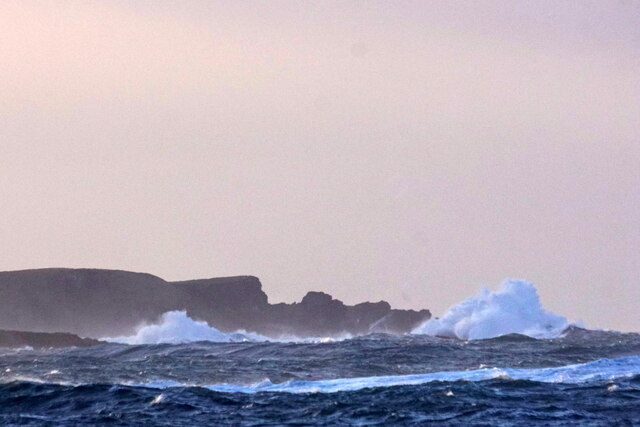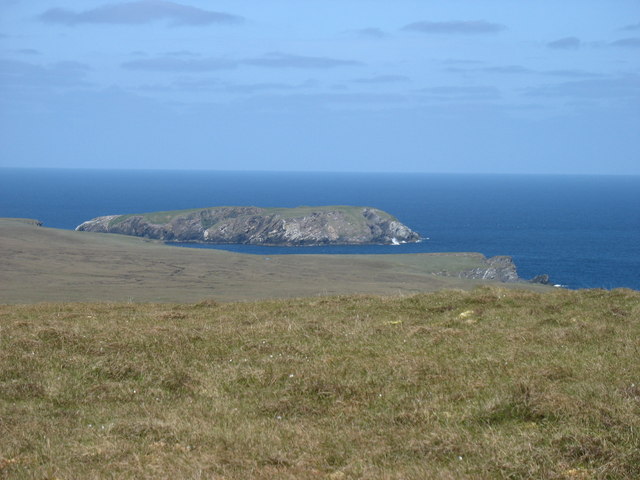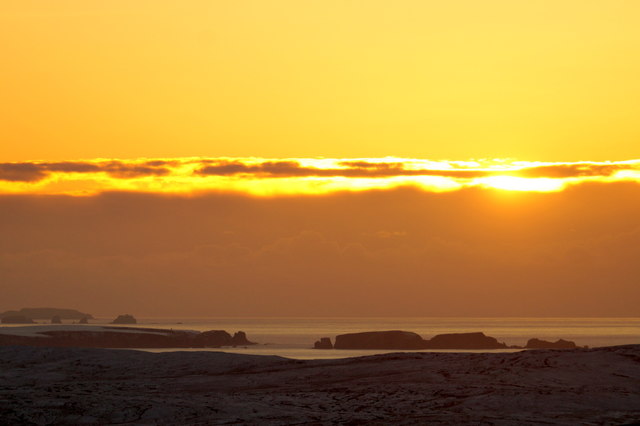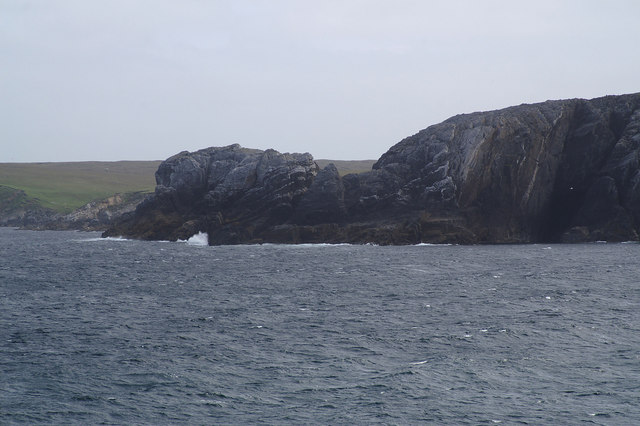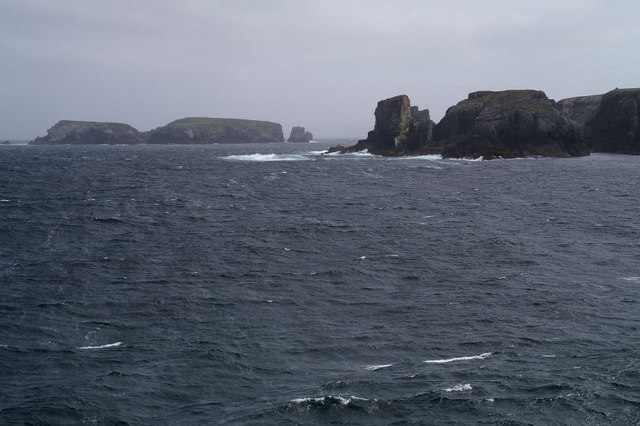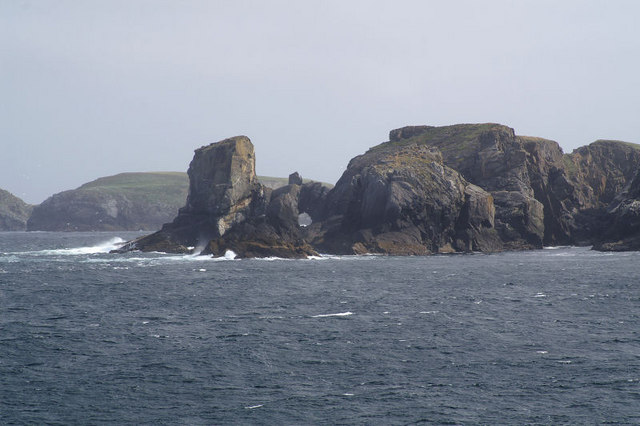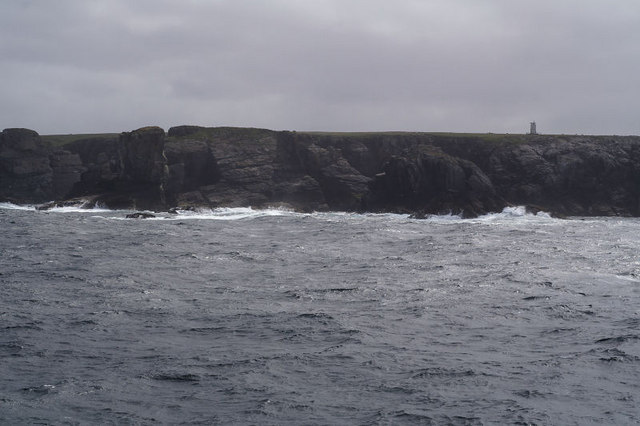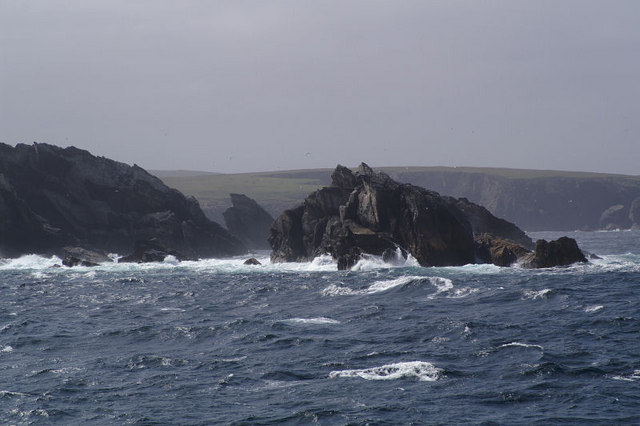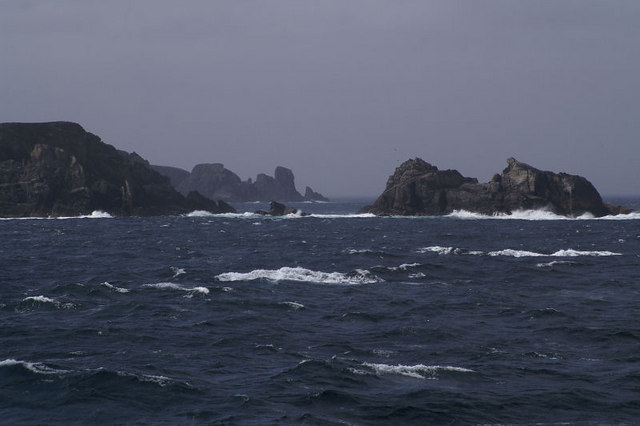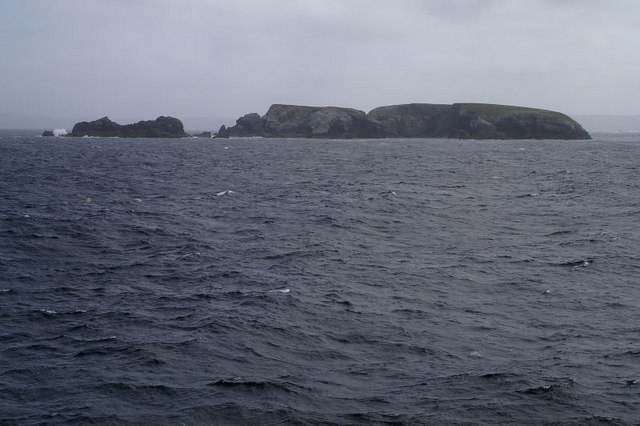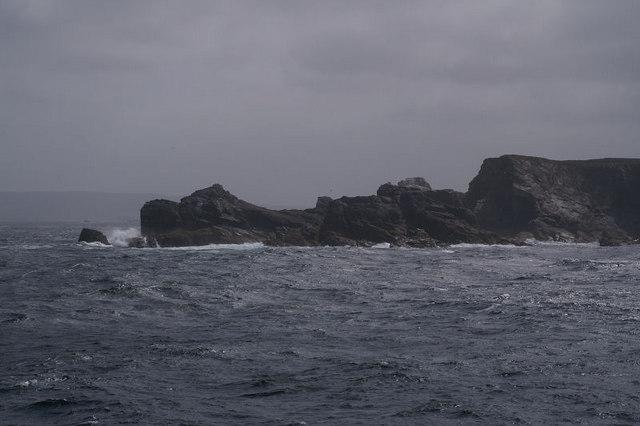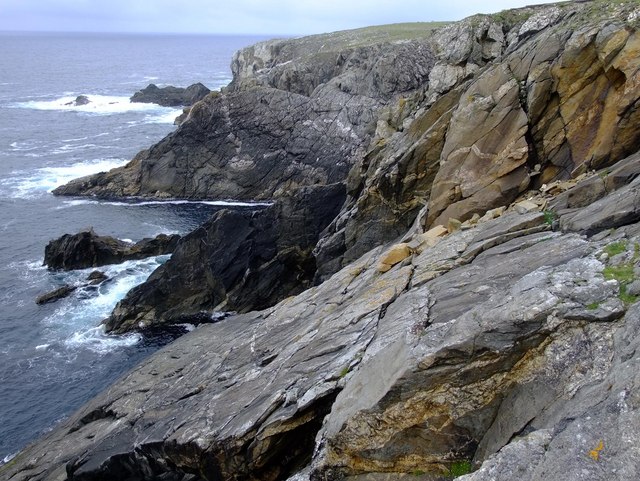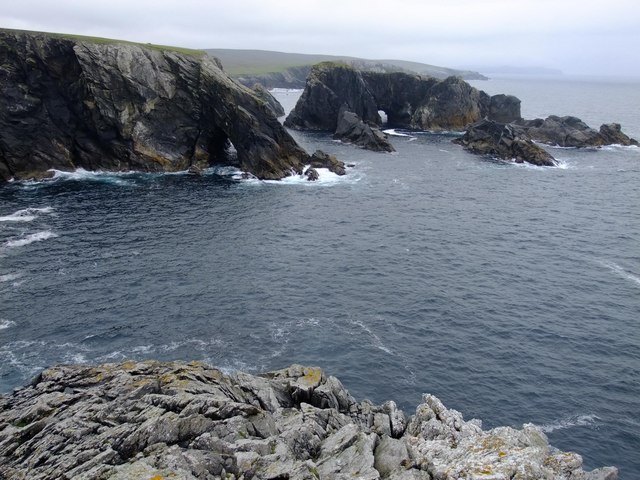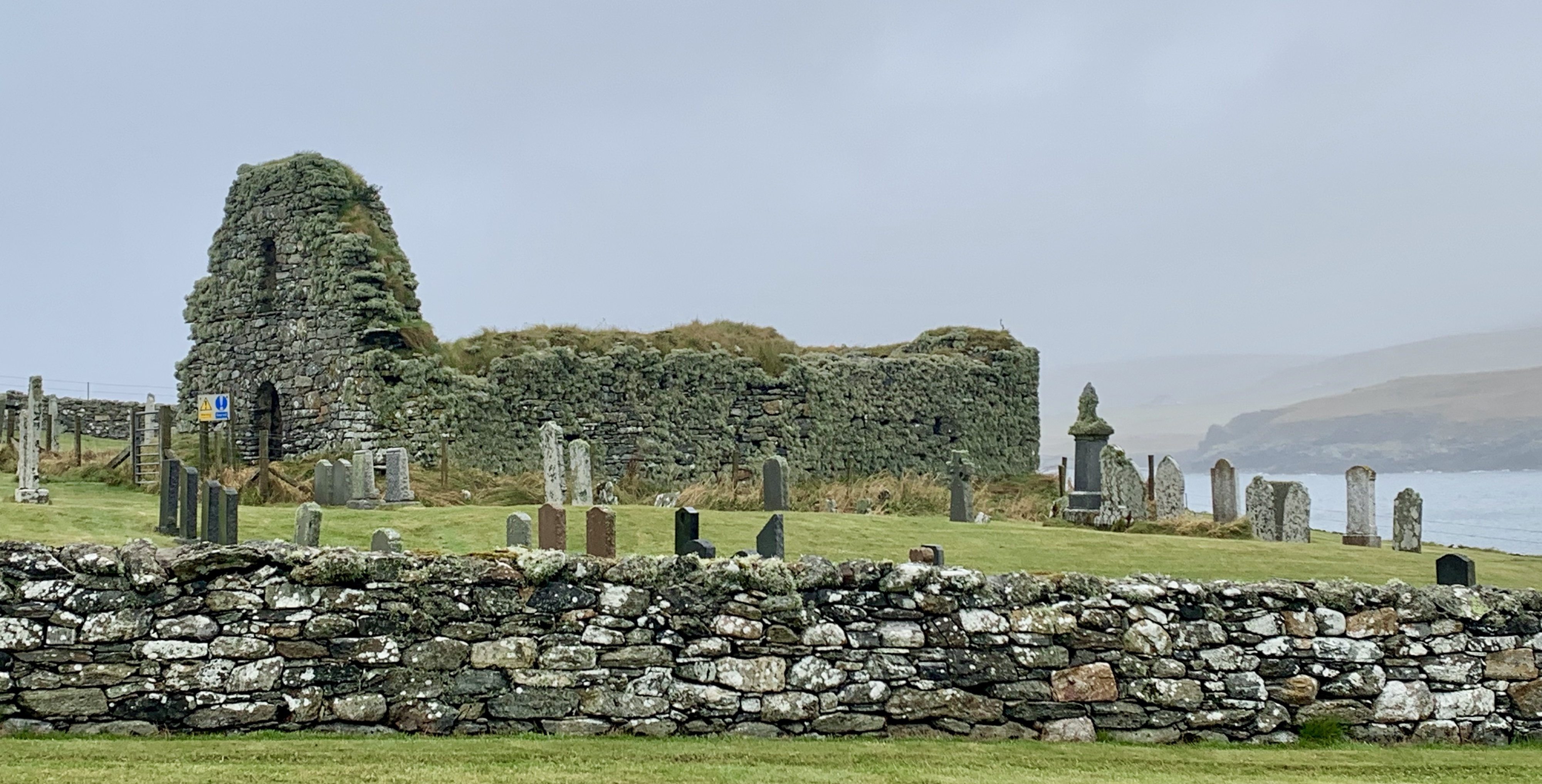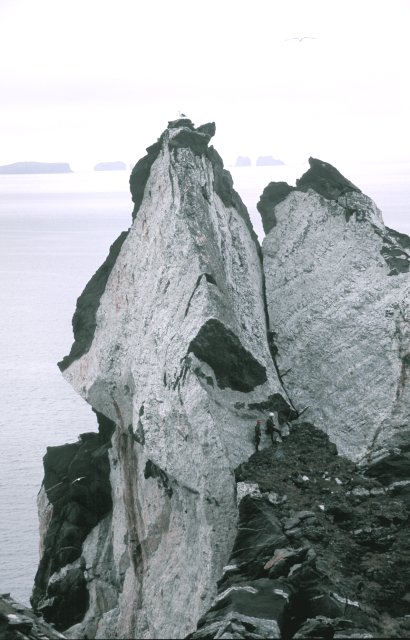Bagi Stack
Coastal Feature, Headland, Point in Shetland
Scotland
Bagi Stack
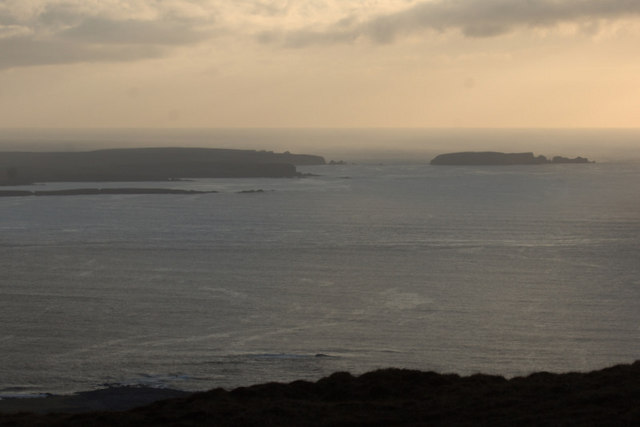
Bagi Stack is a coastal feature located in the Shetland Islands, which are part of Scotland. It is a prominent headland that juts out into the North Sea, forming a distinct point along the coastline. Bagi Stack is known for its rugged and dramatic appearance, with steep cliffs rising up from the sea below.
The headland is composed of layers of sedimentary rock, primarily sandstone and shale, which have been shaped and eroded by the relentless action of the waves over thousands of years. This erosion has created caves, arches, and stacks, giving Bagi Stack its unique and striking character.
At its highest point, Bagi Stack reaches an elevation of approximately 70 meters (230 feet) above sea level, providing breathtaking views of the surrounding coastline and the open sea. The headland is also home to a variety of bird species, including fulmars, kittiwakes, and guillemots, which nest in the cliffs and use the stacks as perches.
Bagi Stack is a popular destination for outdoor enthusiasts and nature lovers who enjoy hiking and birdwatching. The headland can be accessed via a footpath from the nearby village, providing a picturesque route along the coastline. Its dramatic cliffs and stunning views make it an ideal spot for photography and capturing the beauty of the Shetland Islands.
Overall, Bagi Stack is a captivating coastal feature in the Shetland Islands, offering a glimpse into the region's geological history and showcasing the raw power of nature's forces.
If you have any feedback on the listing, please let us know in the comments section below.
Bagi Stack Images
Images are sourced within 2km of 60.726131/-1.1264104 or Grid Reference HP4705. Thanks to Geograph Open Source API. All images are credited.
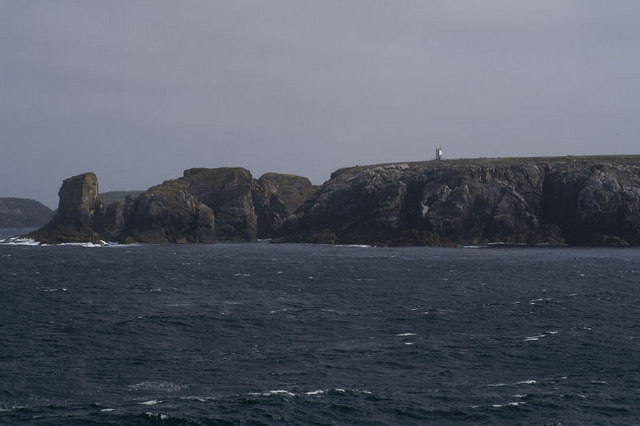
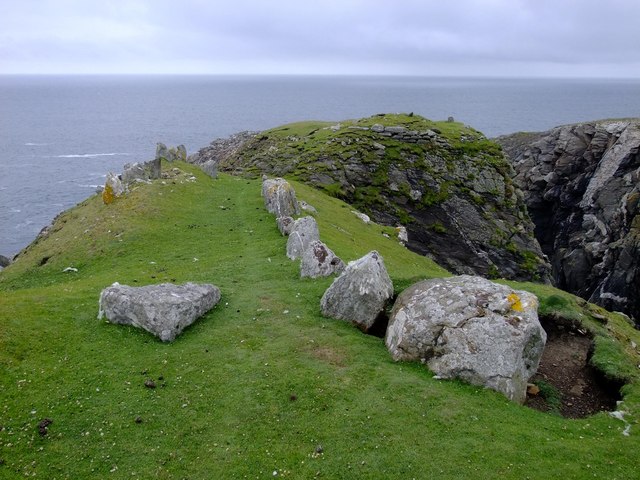
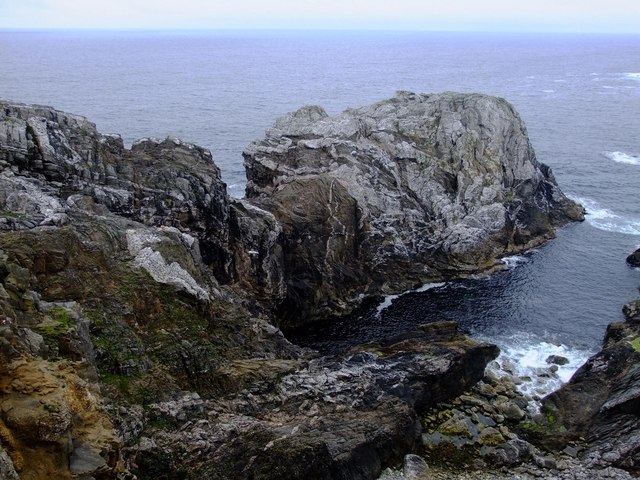
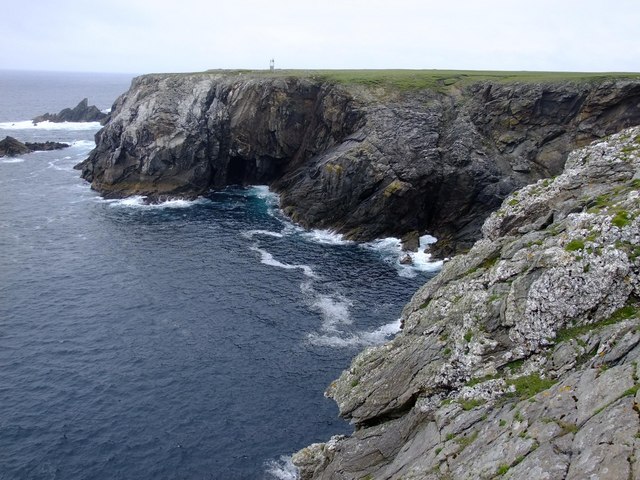
Bagi Stack is located at Grid Ref: HP4705 (Lat: 60.726131, Lng: -1.1264104)
Unitary Authority: Shetland Islands
Police Authority: Highlands and Islands
What 3 Words
///behind.viewing.goose. Near Gutcher, Shetland Islands
Nearby Locations
Related Wikis
Gloup Holm
Gloup Holm is an islet in the Shetland Islands, lying to the north of Yell. == Geography and geology == Gloup Holm is near to the part of Yell called North...
Gloup
Note: Gloup is common in Scottish placenames referring to a sea jet. Gloup is a village in the far north of the island of Yell in the Shetland Islands...
Cullivoe
Cullivoe (Old Norse: Kollavágr - Bay of Kolli), is a village on Yell in the Shetland Islands. It is in the north east of the island, near Bluemull Sound...
Brough Holm
Brough Holm is a small island off Unst, in the North Isles of Shetland. It is off Westing, which as the name implies is on the west coast of Unst. The...
St Olaf's Church, Unst
St Olaf's Church, Unst is a ruined medieval church located on the island of Unst, in Shetland, Scotland, UK. The church was built in the Celtic style,...
Bluemull Sound
Bluemull Sound is the strait between Unst and Yell in Shetland's North Isles. A ferry service crosses it regularly. Cullivoe is on the Yell side, and the...
Ern Stack
Ern Stack is a sea stack off Yell, in Shetland, Scotland. The word "ern" means an eagle (it is a cognate of, for example, Swedish "örn"), and it is said...
Society of Our Lady of the Isles
The Society of Our Lady of the Isles (SOLI) is a small Anglican religious order for women, founded in the late 20th century. It is located in Shetland...
Nearby Amenities
Located within 500m of 60.726131,-1.1264104Have you been to Bagi Stack?
Leave your review of Bagi Stack below (or comments, questions and feedback).
